Estimated reading time: 5 minutes
Bearded dragons are fascinating creatures that have captured the hearts of reptile enthusiasts around the world. They’re known for their unique appearance, friendly demeanor, and engaging behaviors. In this article, we’ll explore 10 interesting facts about bearded dragons that you might not know. As a bonus, we answer 5 questions at the end of the article in the FAQ Section!
Fact 1: Origins
Bearded dragons, scientifically known as Pogona vitticeps, are native to the arid regions of Australia. These reptiles can be found in a variety of habitats, such as deserts, savannas, and woodlands.
They got their name from the spiny, beard-like scales that surround their head and neck, which they can puff out to appear larger and more intimidating when threatened.
Fact 2: Color Variations
Bearded dragons come in a wide range of colors and patterns, which are referred to as morphs. Some of the most popular morphs include the classic, leatherback, silkback, and hypo.
These variations are the result of selective breeding, and each morph has its own unique set of characteristics. For example, leatherback bearded dragons have smoother skin and fewer spines, while silkbacks have even softer skin, making them more delicate.
Fact 3: Size and Growth
Bearded dragons typically reach an adult size of 18 to 24 inches, with males being larger than females. They grow quickly during the first year of life and reach sexual maturity at around 8 to 12 months of age.
Fact 4: Social Behavior
Bearded dragons are known for their friendly and social nature. They can often be seen basking together in the wild and are generally tolerant of other bearded dragons in captivity.
These reptiles communicate through various forms of body language, such as arm waving and head bobbing. Head bobbing is a common behavior among bearded dragons, especially males. It’s often a sign of dominance or a mating display, and it can vary in speed and intensity depending on the situation.
Fact 5: Top Speed
How fast can a bearded dragon run? They are usually quite sedentary, but when the need arises, they can run at speeds up to 9 miles per hour (over 14 kilometers per hour).
Fact 6: Lifespan
When properly cared for, bearded dragons can live between 8 to 12 years in captivity. Providing a suitable environment, a balanced diet, and proper veterinary care are essential factors in ensuring your bearded dragon lives a long, healthy life.
Fact 7: Reproduction
Bearded dragons have unique mating behaviors that include head bobbing, arm waving, and chasing. Males will often display dominance by bobbing their heads rapidly, while females may respond with slower head bobs or arm waving to signal receptiveness.
Female bearded dragons lay clutches of 15 to 30 eggs, which they bury in a shallow nest. The eggs incubate for 55 to 75 days before hatching, depending on temperature and humidity. Bearded dragon hatchlings are independent from birth and do not receive parental care.
Fact 8: Favorite Foods for Pet Dragons
Bearded dragons are omnivores, meaning they eat both plant and animal matter. Their diet consists of a mix of insects, fruits, vegetables, and leafy greens.
Some of their favorite foods are crickets, mealworms, and waxworms (give these protein sources sparingly as treats), while the majority of their diet should consist of fruits and vegetables. Bearded dragons particularly enjoy fruits such as apricots, grapes, blackberries and strawberries.
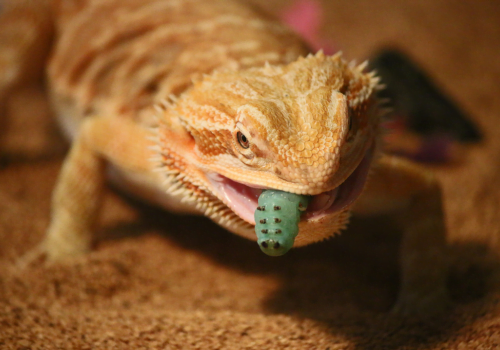
Fact 9: Temperature Regulation
Bearded dragons are ectothermic, which means they rely on external heat sources to regulate their body temperature. In the wild, they bask in the sun to warm up and retreat to cooler areas when they need to cool down. In captivity, it’s important to provide a basking spot with temperatures between 95 to 110 degrees Fahrenheit (35 to 43 degrees Celsius) to ensure proper digestion and overall health.
Fact 10: Bearded Dragons as Pets
Bearded dragons are popular pets due to their friendly nature, manageable size, and low-maintenance care requirements. They’re often considered one of the best reptile pets for beginners. However, it’s important to research their care needs thoroughly before bringing one home, as they still require a specialized environment and diet to thrive.
Conclusion
Bearded dragons are fascinating creatures with unique characteristics and behaviors. Their friendly demeanor and easy care requirements have made them a popular choice for reptile enthusiasts. By learning more about these incredible animals, we can better appreciate and care for them as pets.
FAQ Section
Can bearded dragons recognize their owners?
Yes, bearded dragons have been known to recognize and show affection towards their owners, often responding positively to interaction and handling.
Do bearded dragons need UVB light?
Yes, bearded dragons require UVB light to synthesize vitamin D3, which is essential for calcium absorption and overall health. A high-quality UVB light should be provided in their enclosure.
How often should I feed my bearded dragon?
The feeding frequency depends on the age of your bearded dragon. Juveniles should be fed daily, while adults can be fed every other day. Offer a balanced diet of insects, vegetables, and fruits to ensure proper nutrition.
How can I tell if my bearded dragon is stressed?
Signs of stress in bearded dragons can include darkening of their beard, glass surfing, excessive hiding, and loss of appetite. If your bearded dragon is showing signs of stress, make sure to address any potential issues in their environment or seek veterinary advice.
Can bearded dragons swim?
Yes, bearded dragons can swim, and they enjoy soaking in shallow water. Make sure to provide a shallow water dish in their enclosure for them to soak in and stay hydrated.


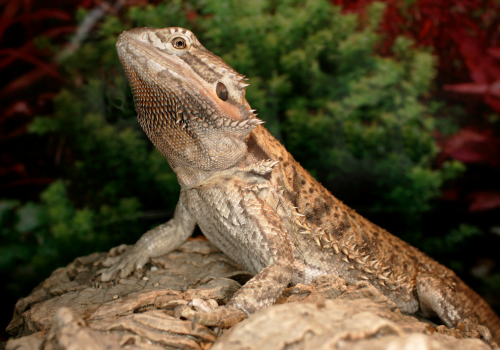

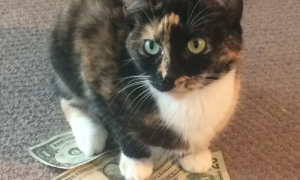
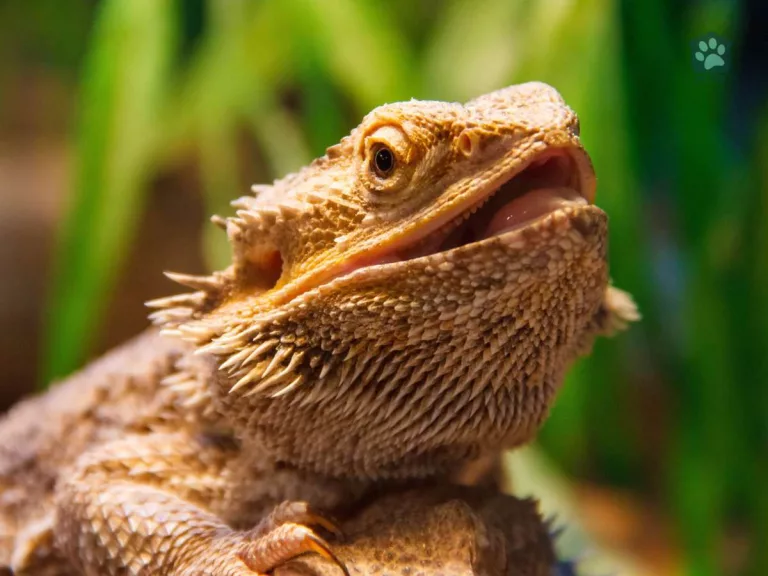

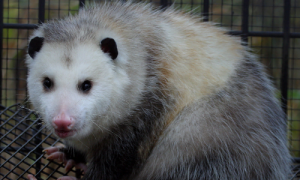
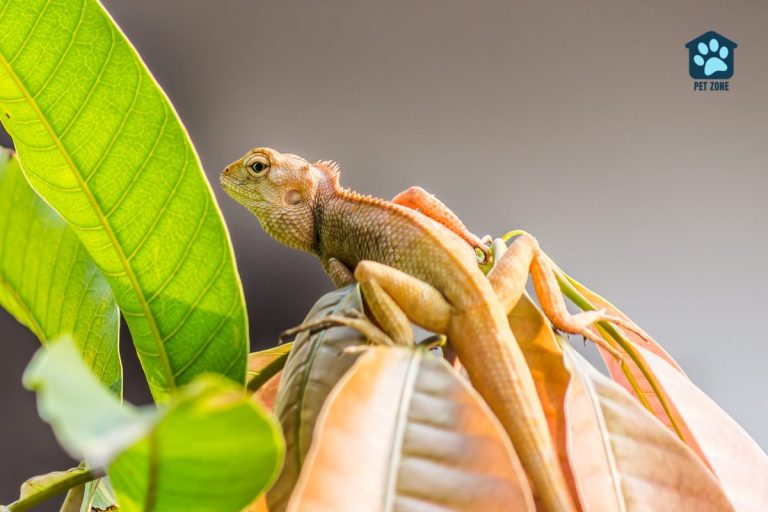
Never knew any of this about bearded dragons! Way cool!
Thanks for sharing this very informative post on bearded dragons. I enjoyed it!